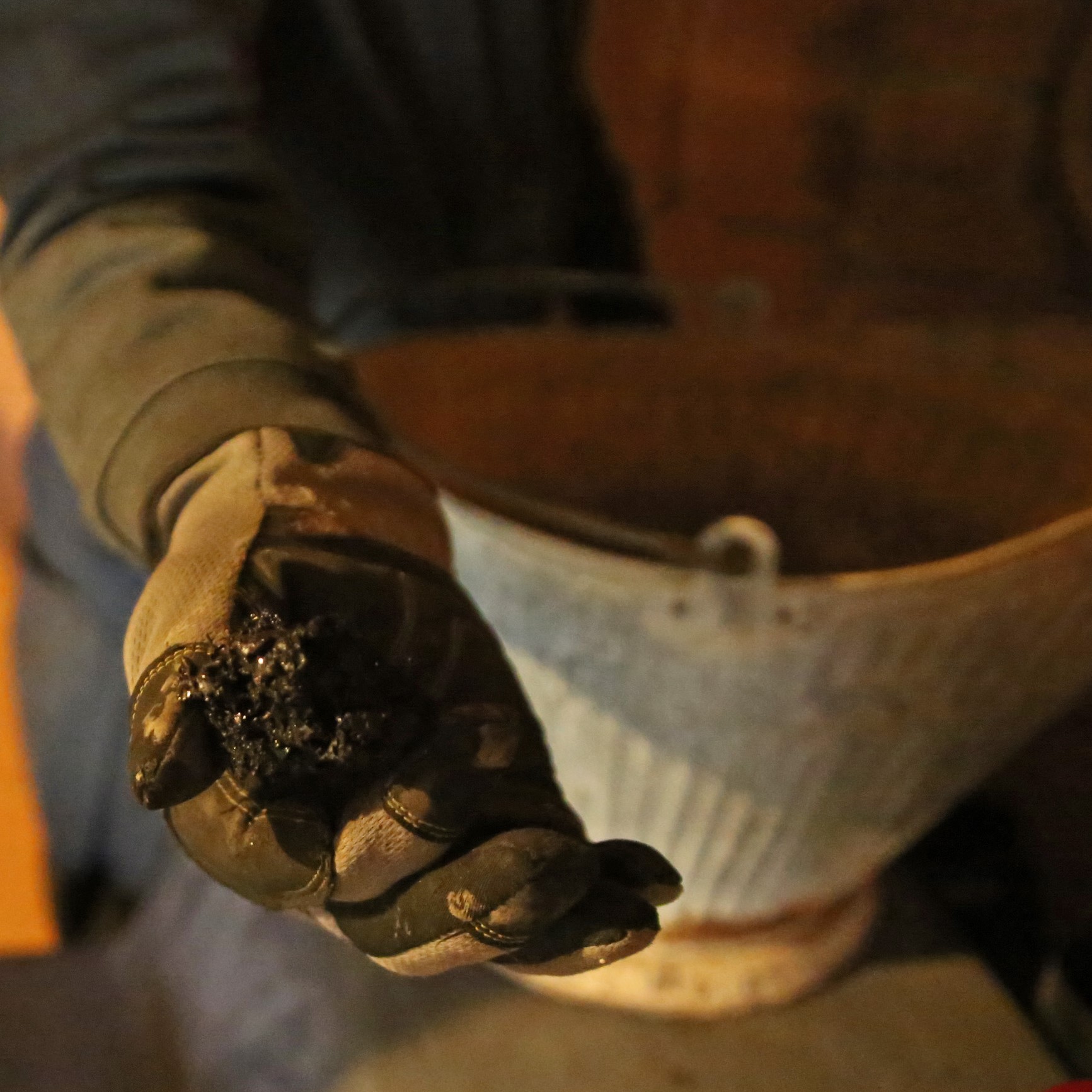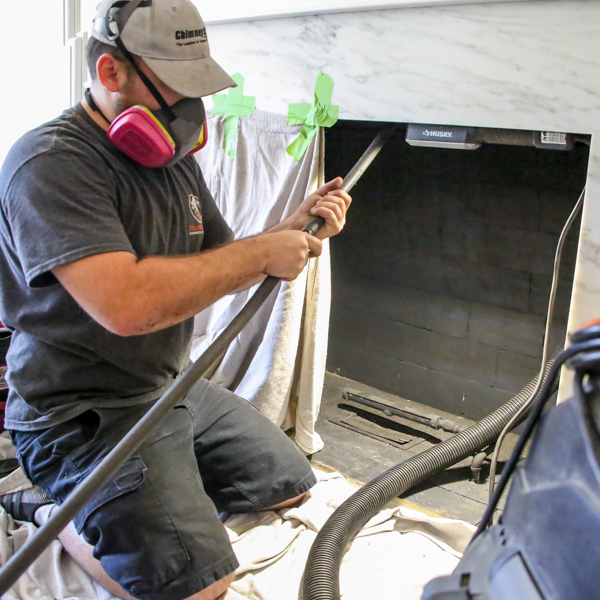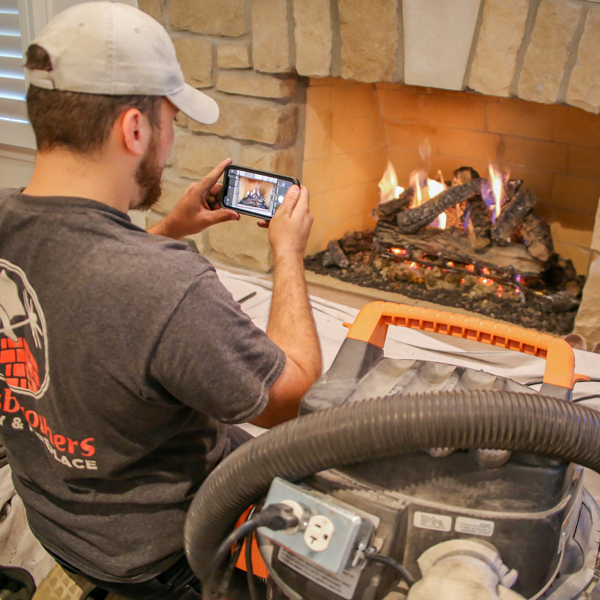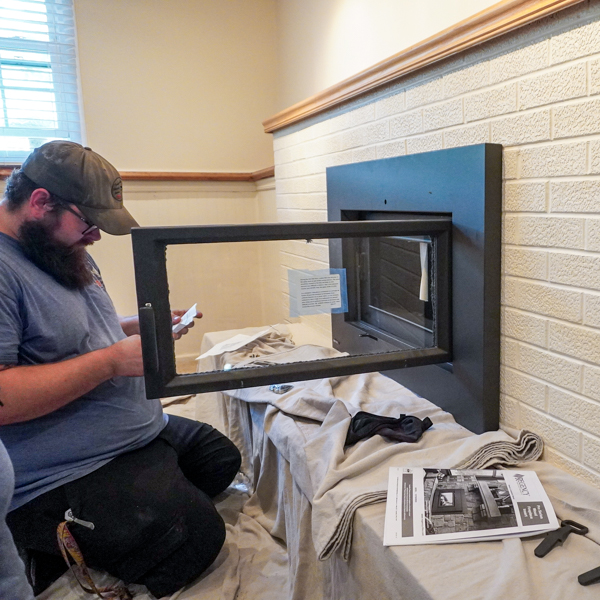What You Need to do in Preparation for a Chimney Sweep
A fireplace takes the chill from the cold during winter. However, the age, weather, and combustion by-products like creosote impacts the chimney’s performance and create a safety hazard. Therefore, it is important to schedule with chimney cleaning services for a professional touch. This is to make sure that your heating appliances operate safely and efficiently. While the chimney sweepers will do the majority of the work.
Here are the things you need to do in order to make sure that you are prepared when they come to your house.
Keep Your Pets Away
You might have a pet who wants to be around you all the time, or you might have a pet who thinks that it is their job to protect you from intruders. In that case, dogs must be kept away from when the chimney sweeper works on your chimney. You should enclose the pets in a different room or yard to prevent any trouble from happening. In addition, you want your pets to be safe when they come.
Make Sure that The Fireplace is Not Hot
The fireplace must be cool to the touch so the chimney sweeper can do their job properly. You must not avoid the fireplace or stove between 24 to 48 hours before your appointment to give it enough time for the interior masonry to cool down. You can remove leftover ashes coming from the fireplace that you need to recycle in your garden. Otherwise, the cleaners will get rid of their ashes.
Clear the Firebox and Mantle
In order to prepare for the inspection, you would want to get rid of any decorations or items that come from the mantle, when your cleaner accidentally knocks them over during inspection. If there are logs or ashes left in the firebox, these can be removed once you allow all of them to cool down. You must only directly touch the fireplace if you have already given it enough time to cool down.
Remove Objects Such as Furniture or Toys That Block the Fireplace Access
The chimney sweep brings in professional equipment, supplies, tools, and supplies to scrub and clean your chimney and fireplace thoroughly. The technician will need clear access to your fireplace. This is a great time to make sure there aren’t any toys, furniture, or other objects that block the fireplace. In addition, the chimney inspector is going to put a drop cloth as protection for the firebox while cleaning. You might want to cover any furnishings nearby in case of any soot or dust particles floating in the air from the cleaning.
Open a Path from the Driveway to the Fireplace
The chimney sweep brings you different equipment in your home, so you need to make sure there is a clear path from the driveway, going to the front door, and through the home to your fireplace. A little rearranging of furniture, odds, and ends, and toys will make the trip safer and easier in the area where there is work to be done.
Be Prepared with Your Questions
If you have questions about the chimney or fireplace, you have noticed something off, you should make a note and ask them. The certified chimney sweepers are knowledgeable enough to answer all your questions.
if you need chimney sweep Ellicott City because it is time to hire their services, do not hesitate.
The post Blog first appeared on First Class Chimney Services.
This post first appeared on https://www.firstclasschimneyservices.com
 The freeze and thaw effect.
The freeze and thaw effect. Leaks, mildew, and mold
Leaks, mildew, and mold
 Once the decision is made to
Once the decision is made to  Get The Gas Fireplace Logs Cleaned
Get The Gas Fireplace Logs Cleaned Creosote is of particular concern because it hardens into a dark, tarry, and highly flammable substance that is very difficult to remove without regular chimney sweeping. In addition, the intense fireplace heat or a burning ember can spark a chimney fire that can damage the flue liner and quickly spread throughout the house resulting in significant property damage and injuries. According to National Fire Protection Association (NFPA) statistics, most residential structure fires are due to creosote build-up in the chimney.
Creosote is of particular concern because it hardens into a dark, tarry, and highly flammable substance that is very difficult to remove without regular chimney sweeping. In addition, the intense fireplace heat or a burning ember can spark a chimney fire that can damage the flue liner and quickly spread throughout the house resulting in significant property damage and injuries. According to National Fire Protection Association (NFPA) statistics, most residential structure fires are due to creosote build-up in the chimney. Schedule an Annual Chimney Inspection & Cleaning
Schedule an Annual Chimney Inspection & Cleaning There isn’t any way to prevent
There isn’t any way to prevent  Chimney Creosote Can’t Be Fully Prevented
Chimney Creosote Can’t Be Fully Prevented
 Get to know your owner’s manual
Get to know your owner’s manual When To Get a Chimney Inspection
When To Get a Chimney Inspection
 What is a CSIA Certified Chimney Sweep
What is a CSIA Certified Chimney Sweep
 The Best Materials for Chimney Caps
The Best Materials for Chimney Caps